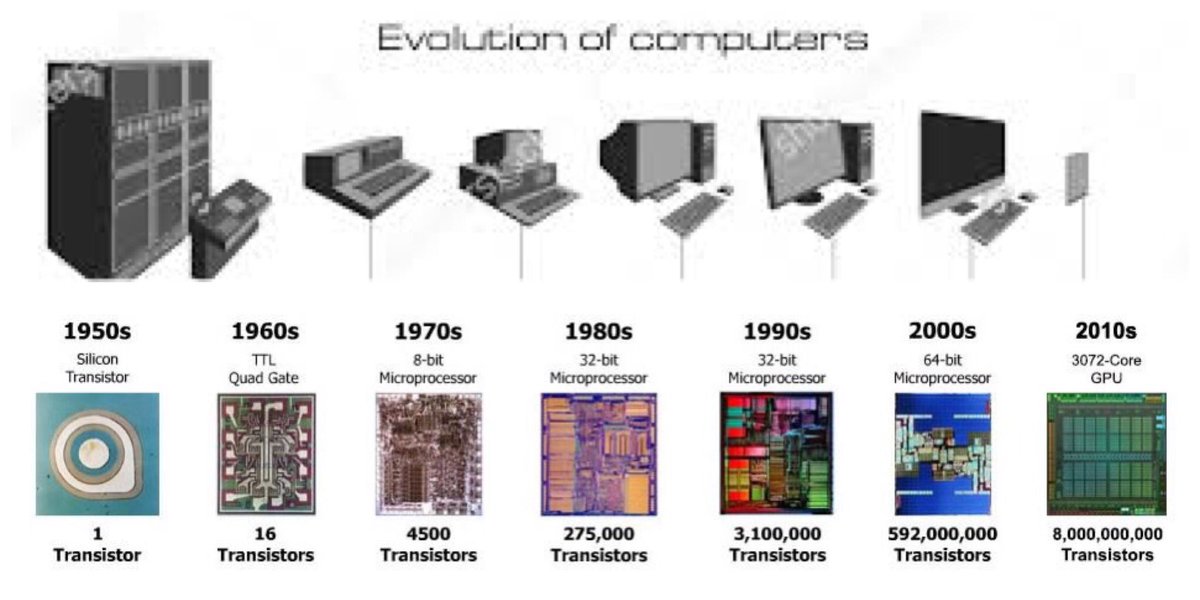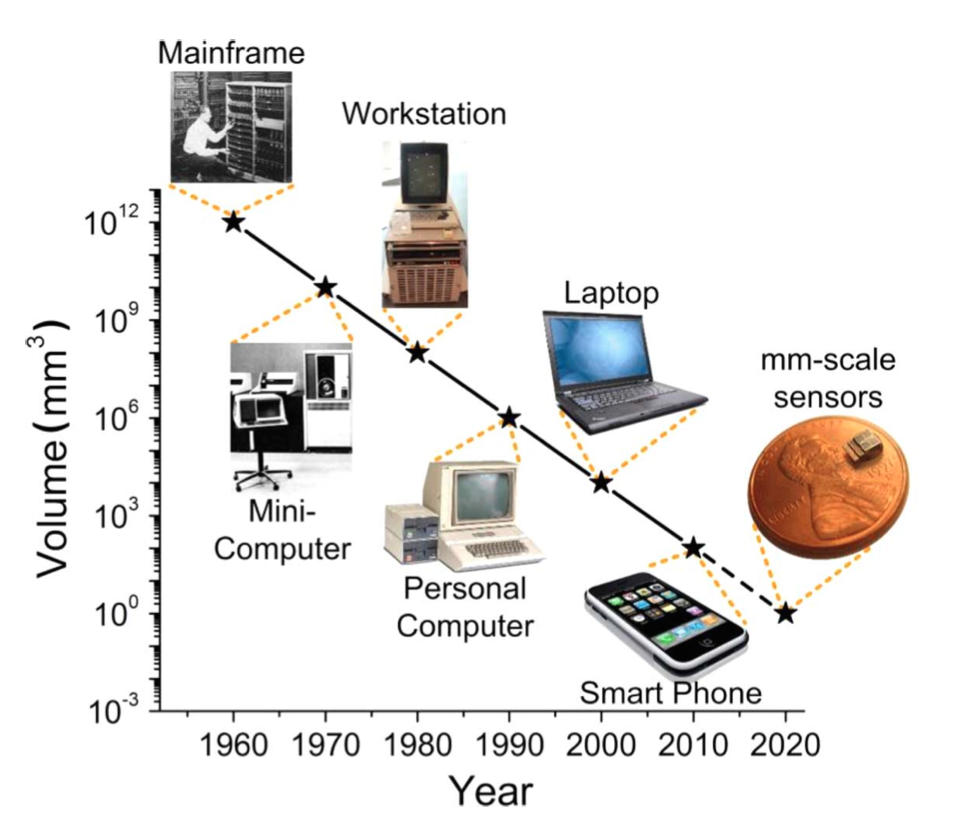Evolution of Computing: From Abacus to Artificial Intelligence


Ancient times: The abacus, an early counting device, is used by civilizations like the Sumerians and Chinese for basic arithmetic calculations.
- 1642: Blaise Pascal invents the Pascaline, an early mechanical calculator.
- 1822: Charles Babbage proposes the Difference Engine, an automatic mechanical calculator.
- 1837: Charles Babbage designs the Analytical Engine, considered the first concept of a general-purpose computer.
- 1889: Herman Hollerith develops the punched card system for tabulating census data, a precursor to modern data processing.
- 1936: Alan Turing introduces the concept of a theoretical computing machine.
- 1943-1944: Colossus, the world's first programmable digital electronic computer, is built during World War II.
- 1946: ENIAC (Electronic Numerical Integrator and Computer), the first general-purpose electronic digital computer, becomes operational.
- 1951: UNIVAC I, the first commercially produced computer, is delivered.
- 1969: ARPANET, the precursor to the internet, is established.
- 1973: Vint Cerf and Bob Kahn publish the first paper on the Transmission Control Protocol (TCP).
- 1983: Domain Name System (DNS) is introduced, simplifying internet addresses.
- 1991: World Wide Web is publicly accessible, marking the beginning of the modern internet era.
- 2007: Apple releases the first iPhone, revolutionizing mobile computing.
- 2011: IBM's Watson defeats human champions in Jeopardy!, showcasing advancements in artificial intelligence.

